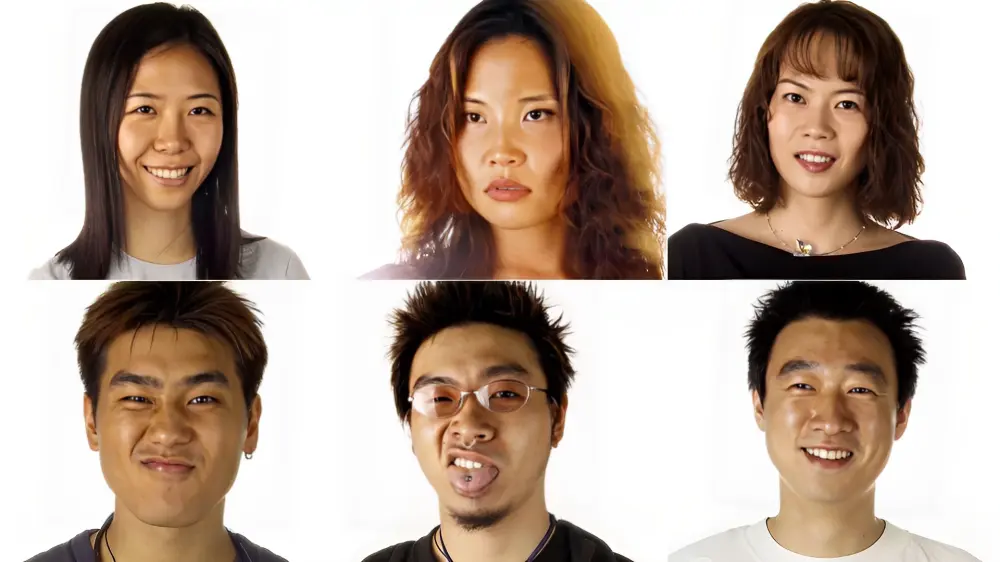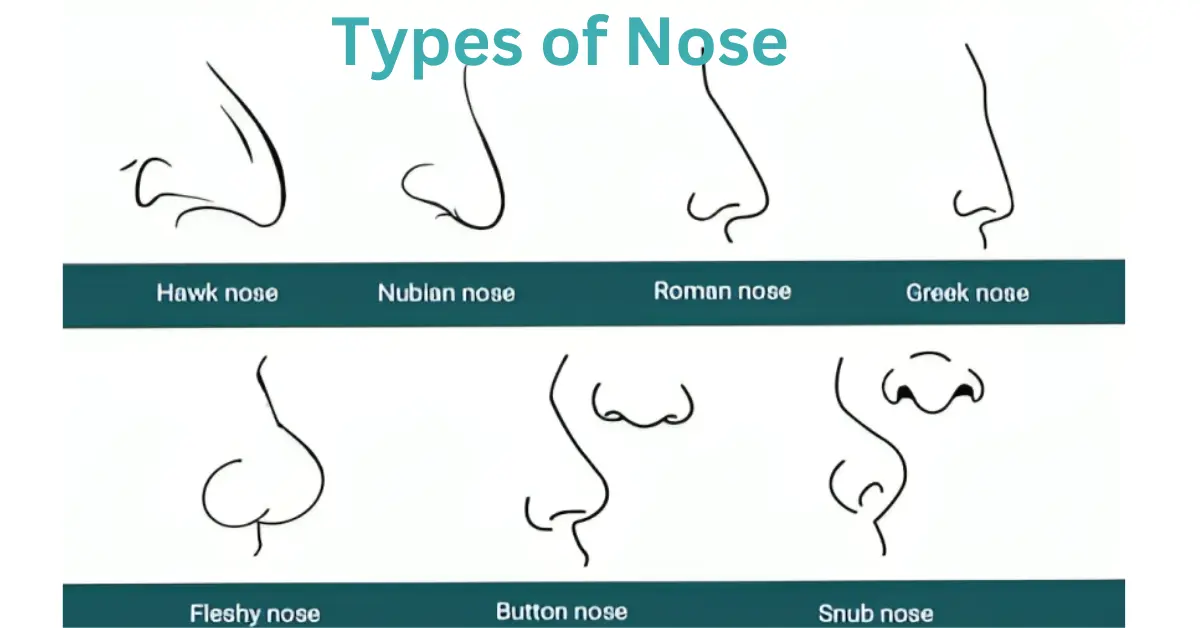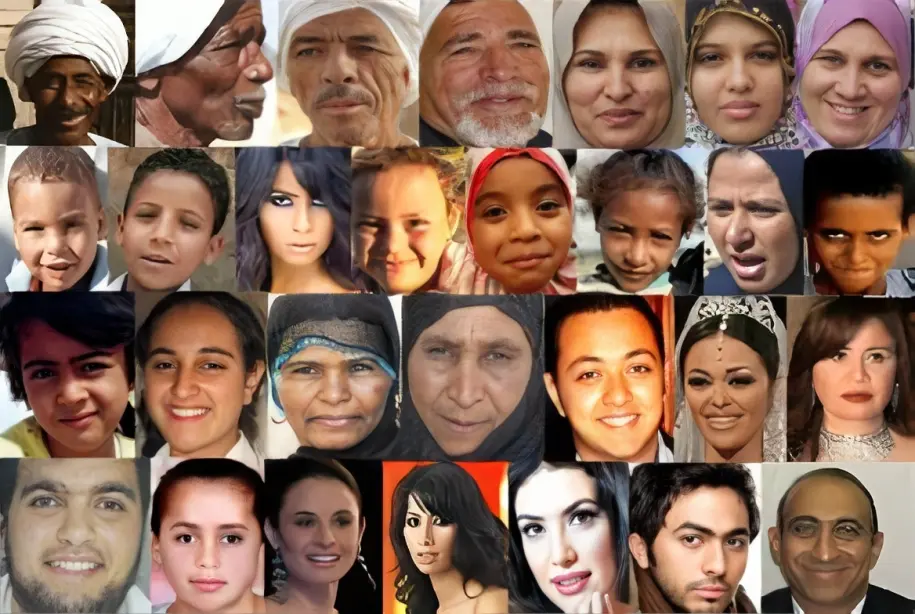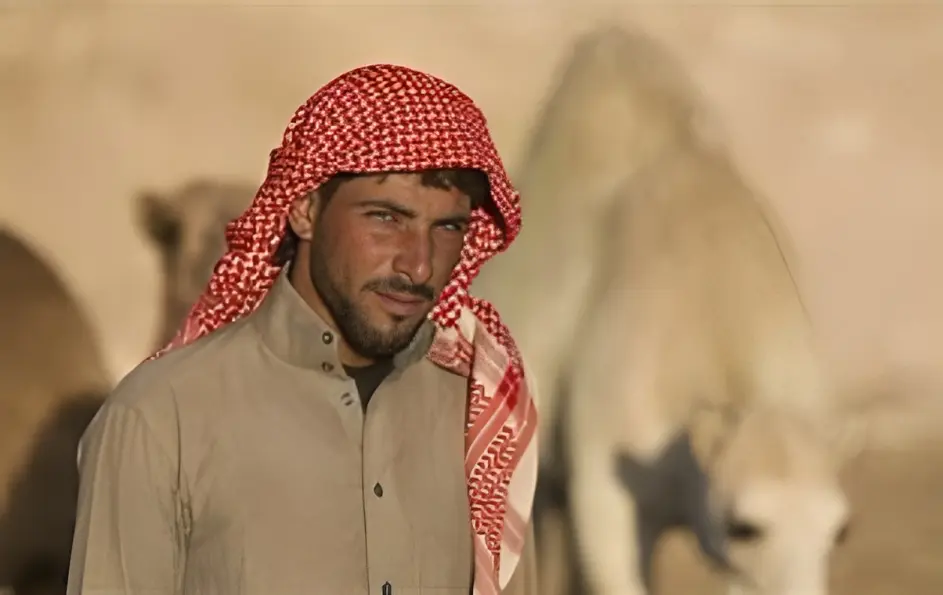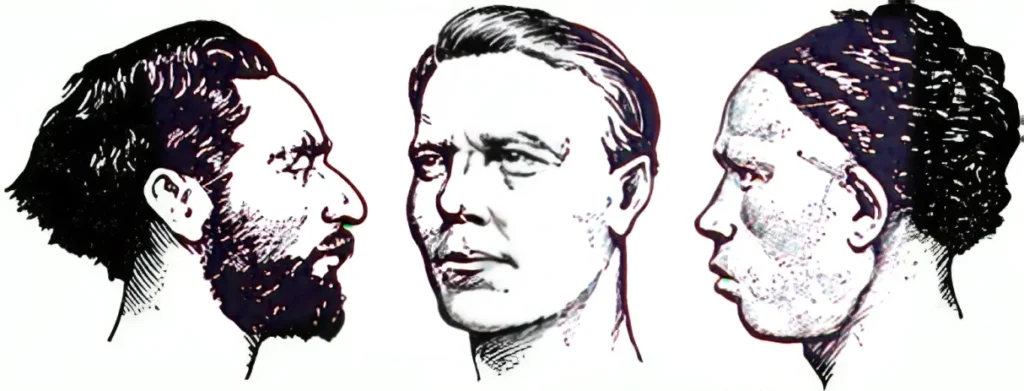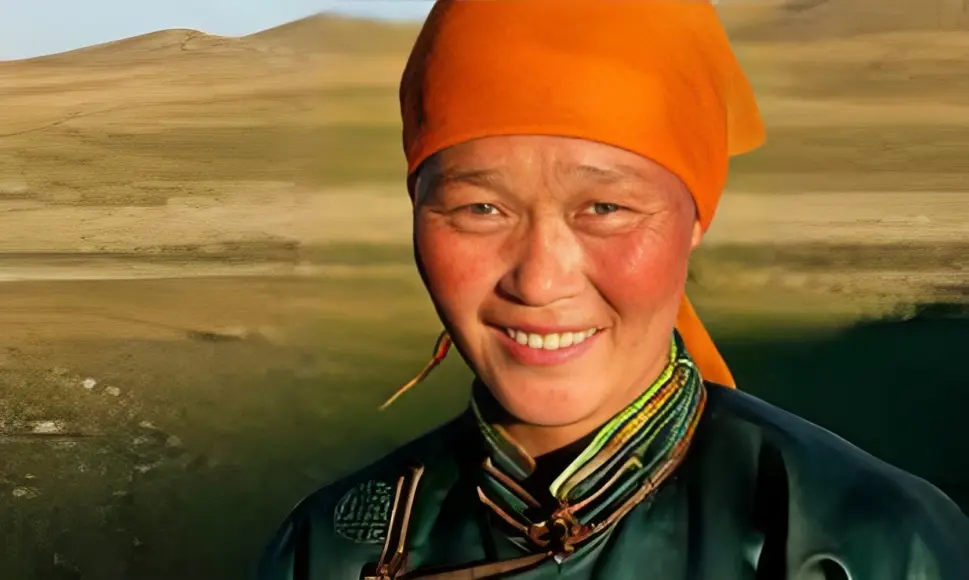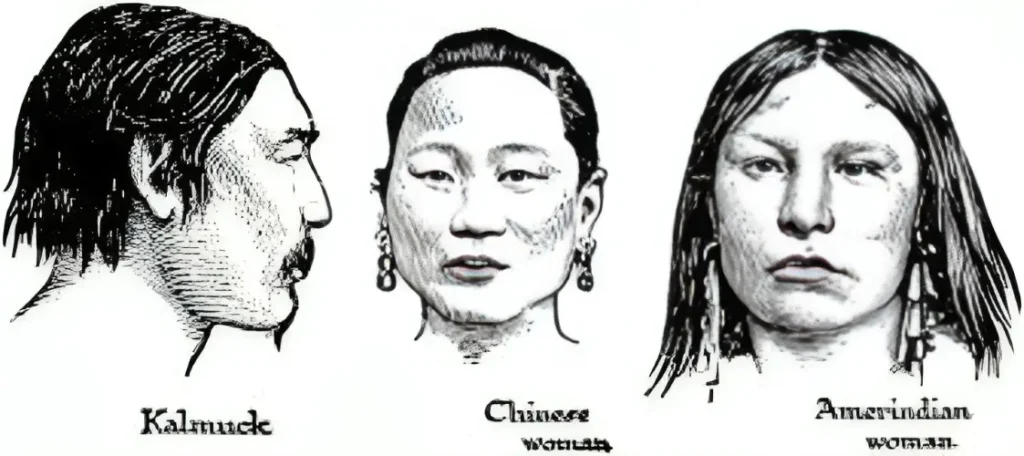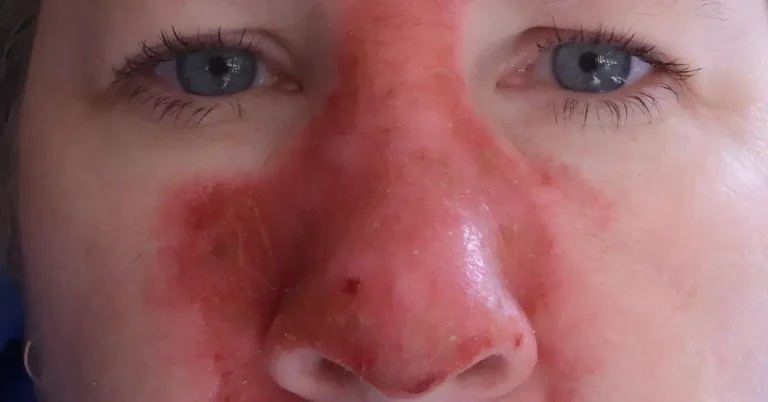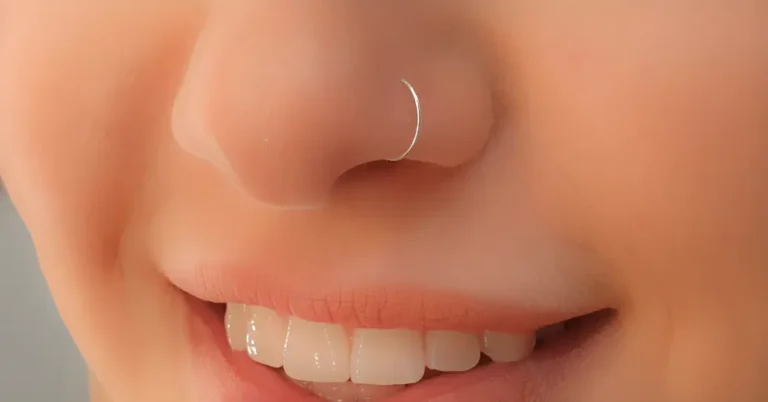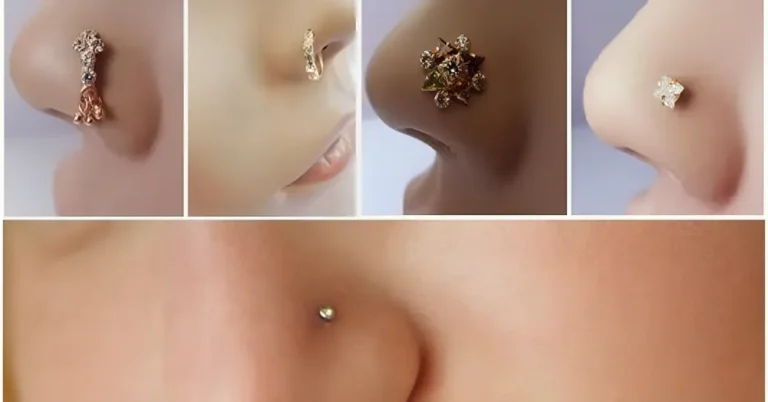Types of Nose with Variations by Races in different Continent
Races According to Nose Shape
Not only do nose types reflect genetic distinction, but they also bear the imprints of historical, environmental, races and cultural variables. The world’s ethnic groups display a stunning patchwork of nasal shapes according to types of race with big noses, ranging from flared nostrils of Africans to the large noses of Mediterranean and Middle Eastern cultures, and the rich array within the Mongolian and Hispanic race. Understanding these discrepancies increases our grasp of the complex interaction of genetics and environment in producing human diversity.
Hispanic Race
The Hispanic ethnic group, which includes people from Cuba, Mexico, South and Central America, Puerto Rico, and the Dominican Republic, has a diverse spectrum of nose forms. Many people in this group have long and wide noses, often accompanied by bulbous or droopy tips. Dorsal humps are also rather prevalent. These features result from a complicated collaboration of genetics and historical migrations, resulting from the merging of indigenous populations, European invaders, and African influences.
Mediterranean and Middle Eastern Race
The noses of the Mediterranean and Middle Eastern populations are both attractive and practical. Prominent, droopy noses, as are traits such as thick nasal skin and weak cartilage, are common. While these qualities are unique, they may contribute to difficulties such as restricted breathing. The larger nasal tips may be the product of genetic ancestry and the various cultural interactions that have formed these locations over history.
European Race
The European race is recognized for its unusual nose forms, distinguished by narrowness, pointy points, and raised bridges. When compared to other nationalities, European noses frequently have a longer and more noticeable bone structure. While genetic considerations are important, historical and geographical variables may also have influenced the evolution of these noses. These slim and extended nasal shapes could have resulted from adaptations to colder climates.
You can also Read: Rhinoplasty

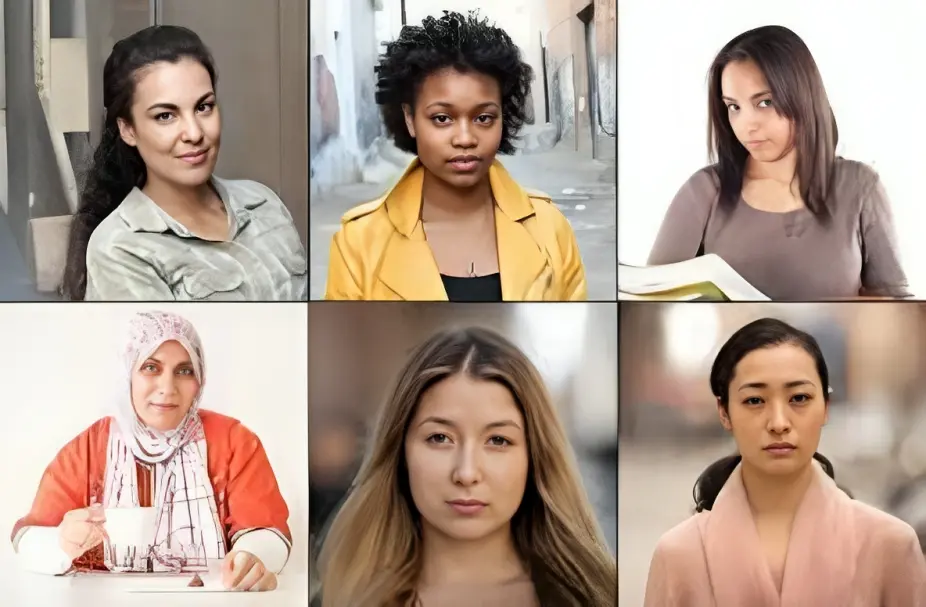
Mongolian Race
The Mongolian race features a variety of nasal shapes and spans a broad region that includes China, Korea, Japan, Tibet, Polynesia, Malaya, and India. In spite of this variability, numerous characteristics remain consistent, such as small bridges and spherical points. Thick roots and wide nostrils frequently amplify these characteristics. Individuals from this racial group may have shorter noses than other facial proportions, which is intriguing. This trait has led to plastic surgeons using prostheses to extend and enhance the appearance of noses in people from specific Asian countries.
African Race
Individuals of African descent have distinctive noses that reflect their genetic history and environmental adaptations. The wide nostrils are one of the distinguishing features, allowing for better airflow in hot and humid situations. Rounded tips and thick nose skin are other typical characteristics that may have evolved to protect against strong sun exposure. Notably, there is a distinction between West and North Africans, with the former having bigger noses. This variance could be related to a variety of environmental influences as well as historical migrations.
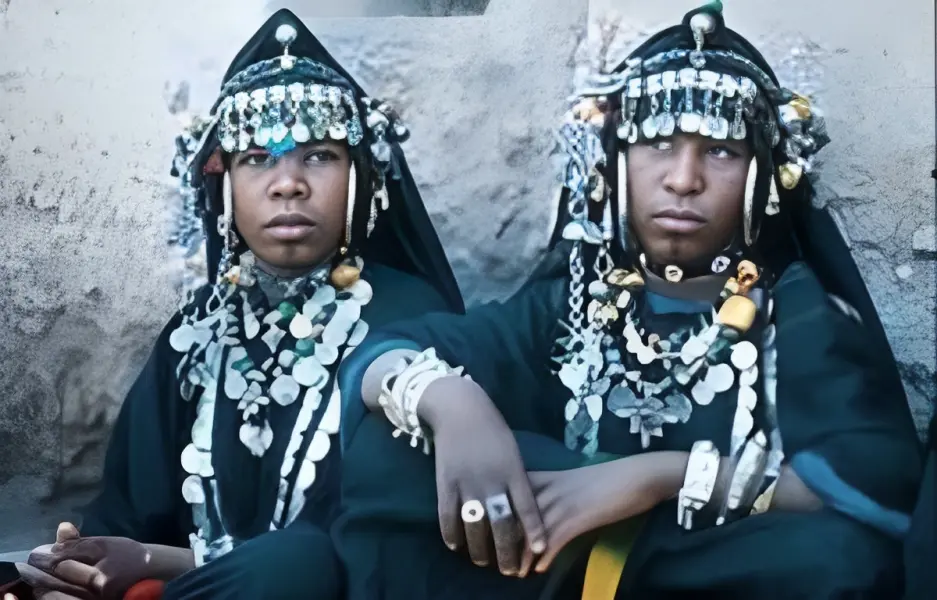

East Asian Races
The bulbous type of nose, which is present in China, Hong Kong, Korea, and Taiwan, is known for its low dorsum, bulbous tip, short bridge, and thick skin. As people from East Asia have apparent cheeks and flat brows, many experience rhinoplasty to have wider and lengthier noses. As people from East Asia have noticeable cheeks and balanced brows, many experience rhinoplasty to have more all-around and longer noses. Also, the tip of their nose is elevated in this procedure, which makes their nose look like a button nose.
